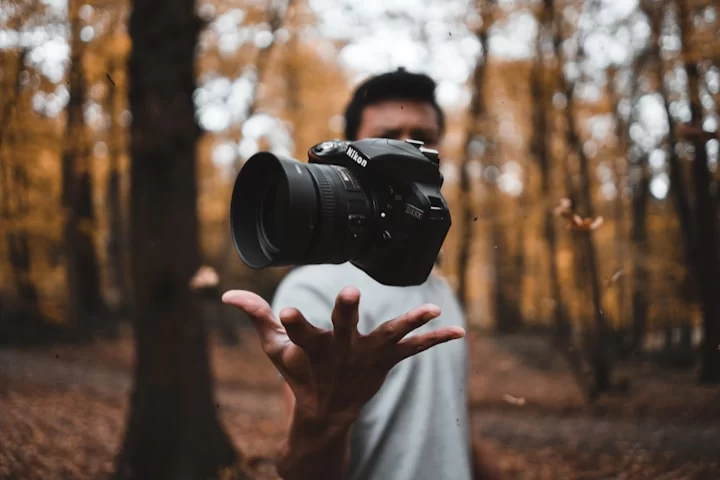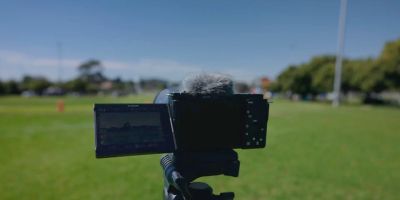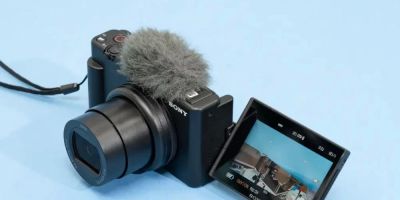
- Understanding Portrait and Landscape Photography
- Key Features of a Versatile Camera for Portrait and Landscape
- Real-World Examples and Case Studies
- Choosing the Right Camera at Photo Studio
1. Understanding Portrait and Landscape Photography
Portrait and landscape photography represent two distinct yet equally captivating genres, each demanding different camera capabilities and shooting approaches. Portrait photography focuses on capturing the essence, emotion, and personality of a subject, often relying on controlled lighting, shallow depth of field, and precise focus. Landscape photography, by contrast, emphasizes vastness, natural light, and detailed scenery, requiring wide-angle lenses and a camera capable of handling varying light conditions.
Recognizing these differences is crucial when selecting a camera. A camera that excels at portraits might struggle to capture sweeping landscapes effectively, and vice versa. However, many photographers today seek a versatile camera for portrait and landscape photography that can handle both with ease, enabling creativity across multiple styles without constantly switching gear.
1.1 Technical demands of portrait photography
Portraits benefit from cameras with excellent autofocus systems, large sensors for better background blur (bokeh), and high resolution for crisp facial details. Prime lenses with wide apertures (like f/1.8 or f/1.4) are often preferred to create that smooth, creamy background effect that highlights the subject.
1.2 Technical demands of landscape photography
Landscape shots demand cameras with high dynamic range to capture shadow and highlight details, ruggedness for outdoor conditions, and wide-angle lenses to encompass broad vistas. Additionally, features such as weather sealing and in-camera stabilization can greatly improve image quality and usability in challenging environments.
2. Key Features of a Versatile Camera for Portrait and Landscape
Finding a camera that bridges the needs of both portrait and landscape photography means balancing several key features carefully. Let’s explore the core characteristics that define an ideal camera for these two diverse photographic styles.
2.1 Sensor size and resolution
Full-frame sensors generally provide superior image quality, excellent low-light performance, and a pleasing depth of field for portraits. Meanwhile, high resolution is vital for capturing intricate landscape details. Cameras with at least 24 megapixels strike a good balance, offering enough detail for large prints and cropping flexibility without sacrificing noise control.
2.2 Autofocus system and shooting speed
Portrait photography benefits from fast and accurate autofocus, especially eye-tracking features that keep the subject sharp. Landscape photography, while less demanding on autofocus speed, benefits from precise manual focus options and focus peaking to fine-tune details.
2.3 Lens compatibility and versatility
The ability to switch between prime lenses suited for portraits and wide-angle zooms for landscapes adds invaluable flexibility. Cameras supporting a broad ecosystem of lenses allow photographers to customize their gear according to their shooting style and needs.
2.4 Build quality and usability in diverse conditions
Durability and weather resistance are essential for landscape photographers often working outdoors in unpredictable weather. For portraits, ergonomic design and comfortable handling help maintain steadiness during longer sessions.
3. Real-World Examples and Case Studies
To put these concepts into perspective, consider the story of Emma, a freelance photographer who frequently shoots both family portraits and nature scenes. Initially, she struggled to find a camera that met both needs, juggling a DSLR with portrait primes and a mirrorless with landscape zooms. After switching to a versatile full-frame mirrorless camera, Emma found she could capture stunning portraits with beautiful bokeh and also shoot expansive landscapes without changing bodies.
This transition improved not only her workflow but also her creative confidence, enabling seamless transitions between genres. Emma’s experience underscores how investing in the right camera can elevate both technical quality and artistic freedom.
Similarly, many professional photographers recommend cameras like the Sony A7 series or Canon EOS R line for their balance of resolution, autofocus, and lens options — making them popular choices among those who want an all-in-one solution.
4. Choosing the Right Camera at Photo Studio
If you’re searching for the perfect camera for portrait and landscape photography, Photo Studio offers an extensive selection tailored to diverse needs and budgets. Whether you’re a beginner seeking user-friendly models or a seasoned pro looking for top-tier equipment, their expert team can guide you through options that best fit your style.
Beyond cameras, Photo Studio also provides lens recommendations, accessories, and even personalized advice on shooting techniques to help you maximize your gear’s potential. By combining technical expertise with practical guidance, Photo Studio ensures you invest wisely and capture stunning images across both portrait and landscape photography.
Exploring their offerings and consulting with professionals can transform your photography journey, just like it did for many satisfied customers who now create breathtaking portraits and landscapes with confidence and ease.





